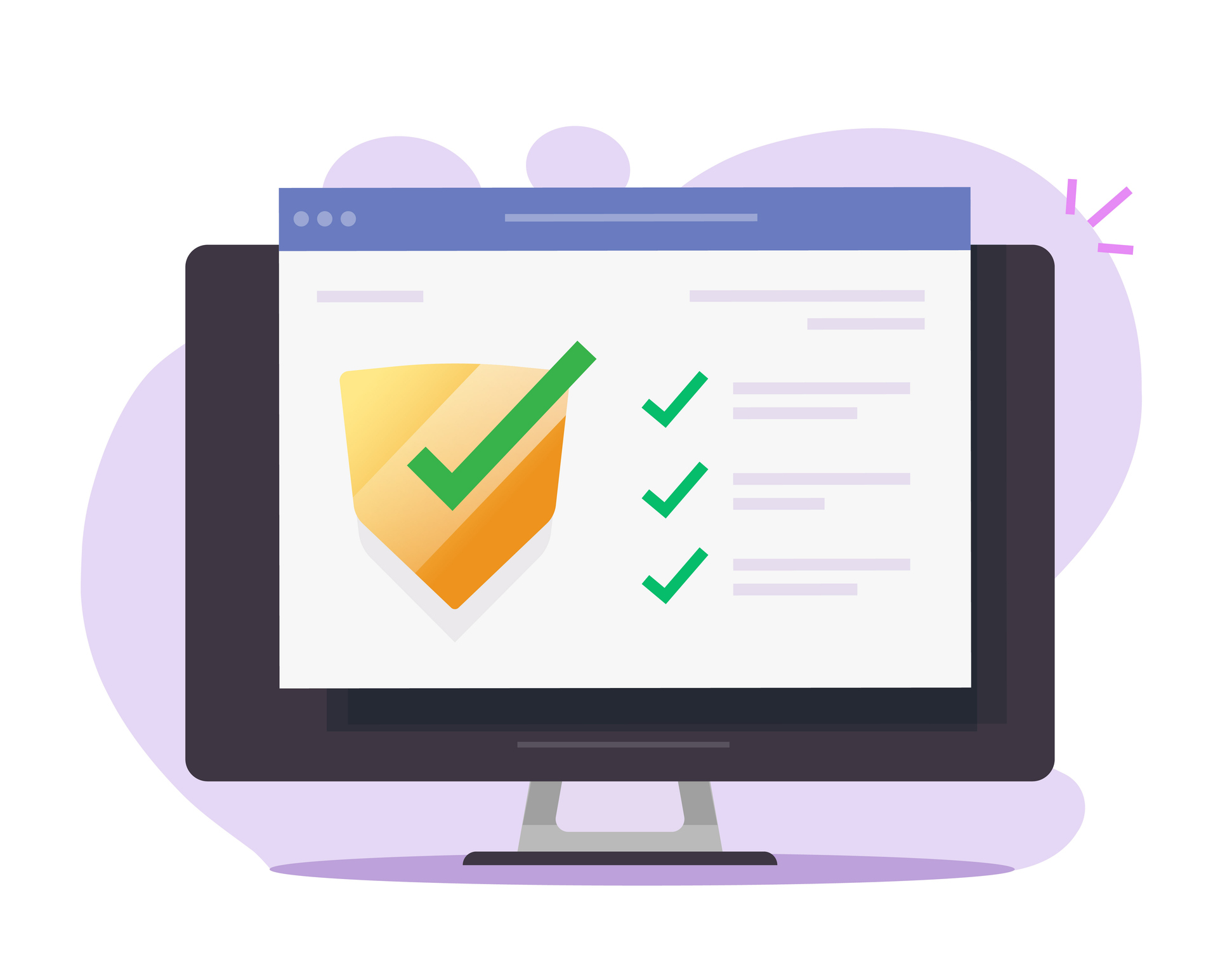The Internet of Things (IoT) is grabbing headlines of all technology news portals. Many articles feature how these technologies influence various industries, intertwining with businesses of all stripes and colors, healthcare, insurance, commerce, real estate, education, etc.
The IoT presence in banking is not so evident: this sphere just realized how IoT could boost a business and bring it to a new level. However, considering the benefits they can attain, banks are exploring available opportunities, investing more and more in IoT technologies.
Thus, according to the study, banking and financial institutions plan to spend $153.5 million by 2018, allocating significant parts of their budgets (32% in 2015; 29% by 2020) on monitoring financial products/services (production, distribution, sales), customer status (via mobile apps, wearables, sensors embedded in products) and experience. Furthermore, this realized percentage is projected to increase by 2020, reaching 34%.
Furthermore, bank owners are engaged in hiring experienced business analysts to understand better which data is needed and how it can be gathered thanks to the IoT.
So, how can banks take advantage of new technologies and implement them to deliver better services and get valuable feedback?
1. Mobile devices
Banks can feel free to entice experts in custom business applications development who will deliver many comprehensive solutions. For example, mobile apps installed on smartphones and tablets are used to improve customer experience and allow making so-called invisible or connected secure payments without wasting much time. Moreover, these devices are beneficial for monitoring customer activities and behavior.
Having access to the data generated by connected devices, banks can provide clients with a clear view over personal finances, foreseeing customers’ needs and helping to reach rational financial decisions.
Beyond that, various gadgets are utilized to track retail locations (if the bank has many branches).
2. Wearables
This smartwatch and band solution is also a great IoT example: clients can actively employ wearables to conduct basic operations efficiently.
Banking experts argue that wearables may even replace mobiles and become more common for carrying out banking transactions.
Many wearables are connected to smartphones, but key players are trying to extend boundaries and incorporate rings, key fobs, VR devices, and clothing.
3. Sensors
IoT sensors represent an effective method of getting relevant and detailed information on product performance and usage. Additionally, manufacturing control and shipping sensors let banking institutions upgrade underwriting processes and capture new markets.
With sensors, it’s also possible to monitor retail, industrial, and agricultural businesses’ state, conditions, and activities.
Among other IoT uses are video tellers and kiosks equipped with sensing technologies that recognize customers when they come in and perform actions.
4. Smart home and connected cars
Thanks to the IoT, banks can grant customers the chance to conduct transactions via appliances or smart home controllers (e.g., voice-first devices like Amazon Echo; Amazon Dash, etc.).
Another exciting possibility is to entice cars and make it available to pay through them: except for parking, fuel, and tolls, such connected cars payments may embrace drive-through and other apps.
General benefits
By employing IoT solutions, banks get a chance to improve customer experience, generate cross-sell possibilities, create rewards for clients, engaging them to the full. Moreover, with these advanced technologies, banking institutions will find new efficient ways to develop better risk management and reduce costs.
In general, the IoT assists in making wise commercial decisions, as banks obtain real time data (captured by connected devices) on residential and commercial premises, spending, credit behavior, and more.
Security issues
With the introduction of the latest IoT solutions, banks are certain to face security challenges and risks. Therefore, they should be occupied with providing a safe, connected banking experience and win consumers’ trust by securing their privacy and personal data that are becoming more vulnerable to sophisticated hacker attacks.
All the data that goes through the network must be protected with the help of smart solutions, including encryption, authentication tools, and even biometric data verification (fingerprints, voice and iris recognition, etc.).
In short, an extra layer of security for the IoT ecosystem is a must for banking institutions if they desire to build up and preserve their customers’ trust.
Conclusion
While introducing attractive options to customers, banks have to consider the exciting opportunities the IoT offers and possible security challenges. That’s why before these modern technologies are firmly incorporated into the banking sphere; it’s crucial to consider a broad array of issues and specific components, developing a robust strategy on adopting IoT novelties.
To learn about Prove’s identity solutions and how to accelerate revenue while mitigating fraud, schedule a demo today.

Keep reading

Discover the challenges of implementing financial fraud detection systems and learn solutions to stay ahead of evolving threats.

In this blog we break down the top six points to consider when it comes to choosing an identity verification solution.

Learn what check fraud is, how it works, and how banks are using innovative ways to eliminate check fraud activity.














